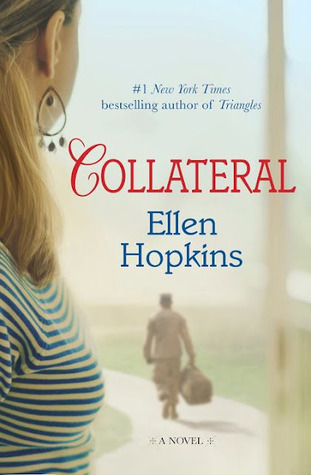 [Hey, Mom, you don’t need to read this piece, okay?]
[Hey, Mom, you don’t need to read this piece, okay?]
The latest installment in the continuing chronicles of, “OMIGOD! Women are reading about S-E-X! The end of the world is nigh!” comes from in the form of GQ’s unfortunate (print-only) article by Tom Bissell, “A Reading Man’s Guide to Dirty Books.”
Bissell, identified by the magazine as a “connoisseur of the finest literary smut” (he’s actually a professor at Portland State and an expert in video games*), argues,
“The best way to seduce an intelligent woman? It’s shockingly simple, really. Read to her.”
Because, obviously, if the men in intelligent women’s lives aren’t selecting dirty books that said men will then read aloud to their lady friends, those women may make “bad” choices in “trashy” reading materials and who knows what might happen?
Oh, noes! Women may even read “trashy” novels written by women, which chronicle the female experience with a healthy, sex-positive, point-of-view on women’s sexuality. Gasp!
Sarcasm aside, I think it’s interesting that Bissell advocates removing women from the equation and men literally reading to them “erotic” books written by men (and I’d argue for men) so they can understand and apparently be titillated by sex through the male gaze.
Bissell points specifically and banally to the Fifty Shades of Grey craze as a problematic sex-filled read (apparently, according to Bissell, there is a veritable a “litter” of sequels, not just two—someone tell E.L. James), arguing that the women of the world are picking up these novels for one (extremely sexist) reason.
“It was then I realized why women across the Western world were firing up their vibrators at the thought of Christian Grey flogging the imbecilic Anastasia Steele. The story was the wand by which E.L. James had transformed the realm’s every mom-jeaned frump into a preciously violated princess. You could argue that we see the male equivalent of this dynamic all the time in sitcoms wherein the pudgy dork cohabits with the curiously hot young wife. The crucial difference is we don’t masturbate to sit-coms.”
I know, y’all, I know.
Let’s get this straight:
- Women only read Fifty Shades of Grey as masturbatory fodder;
- Women read Fifty Shades of Grey because it fulfills their frumpy “mom-jeaned” fantasy that they obviously couldn’t achieve in their own lives due to the whole “mom jeans” issue; and
- This is what Bissell chooses to tell the 75% male readership of GQ about women and their erotic reading “needs.”
Obviously, Bissell is Extremely Alarmed.






































